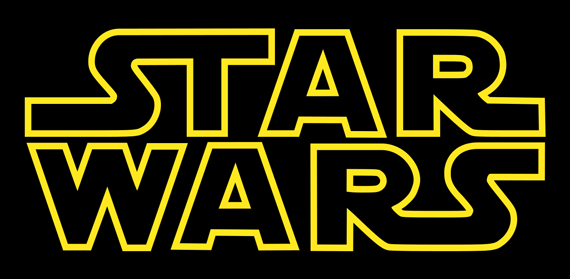Guest post by Dr. Darren R. Reid
On December 25th, 120 Odeon cinemas will open across the nation to screen the new Star Wars film, Rogue One. On many levels, the very idea seems to offend traditional British sensibilities. Why would anyone, so the logic goes, want to abandon the traditional trappings of turkey, family, and Brussels sprouts to attend so something so every day? The offerings being made by Odeon this Christmas hint at an answer.
For the second year in a row, audiences will have a new Star Wars movie to watch on the big screen and, for many, that franchise, with its cornucopia of toys, videogames, costumes, and home video releases, is as much a part of the modern experience of Christmas as crackers and candy canes. It may have nothing to do with Jesus or Santa, but countless children have received countless Star Wars toys over more than three decades. And they, in turn, have grown-up, had children (perhaps even grandchildren) of their own that they have showered in plastic light sabres and Tie Fighters. An angel may sit atop the tree, but for adults and children alike, there is a reasonable chance that, hidden under layers of paper, Luke, Leia, Finn, Rey, or Vader lurk below it.
The Star Wars-ification of Christmas started almost as soon as the first film in the franchise was released in 1977. Despite being a summer release, it utterly arrested its audience’s imagination. Children, in particular, were attracted to its fantastic battles, the mysterious Force and, of course, the ubiquitous light sabre. As a result, interest in the film remained high during its first Christmas when toy manufacturer Kenner, unable to keep with demand, had to start selling empty Star Wars boxes which promised a later delivery of toys. Spurred on by the release of two direct sequels, a deluge of Star Wars toys helped to define childhoods throughout the early 1980s whilst other media forms helped to exponentially extend the life of the franchise and its presence under the Christmas tree. Home video releases helped to keep the original films alive whilst innumerable spin-offs, videogames, and novels –some of which have been New York Times Bestsellers– helped to expand the fictional universe whilst providing new toy ranges and products to be unwrapped years after the original film made its debut.
From the spin-off novels and videogames of the 1990s to the prequels and their marketing deluge, Star Wars has succeeded where Teddy Ruxpin, He-Man, and Tamagotchi have failed. Unlike the comparatively short lifecycle of most childhood phenomena, Star Wars has crossed the trans-generational line, putting it into an exclusive bracket where it is joined by just a handful of other toys and media franchises – and perhaps with the exception of Lego, no other childhood phenomenon has reached quite the critical mass Star Wars has.
Star Wars is not something which is merely enjoyed. It is something which is ravenously consumed by viewers who excitedly project themselves onto the characters they see on screen. Dialogue from the films has become a part of the popular vernacular and the imagery from the movies is now so iconic that the merest hint of a recognisable silhouette in a new trailer is enough to generate weeks of excited chatter in playgrounds and around the water cooler. Christmas Day screenings of Rogue One should not come as too much of a surprise – Star Wars has been colonising Christmas for decades.





Comments are disabled